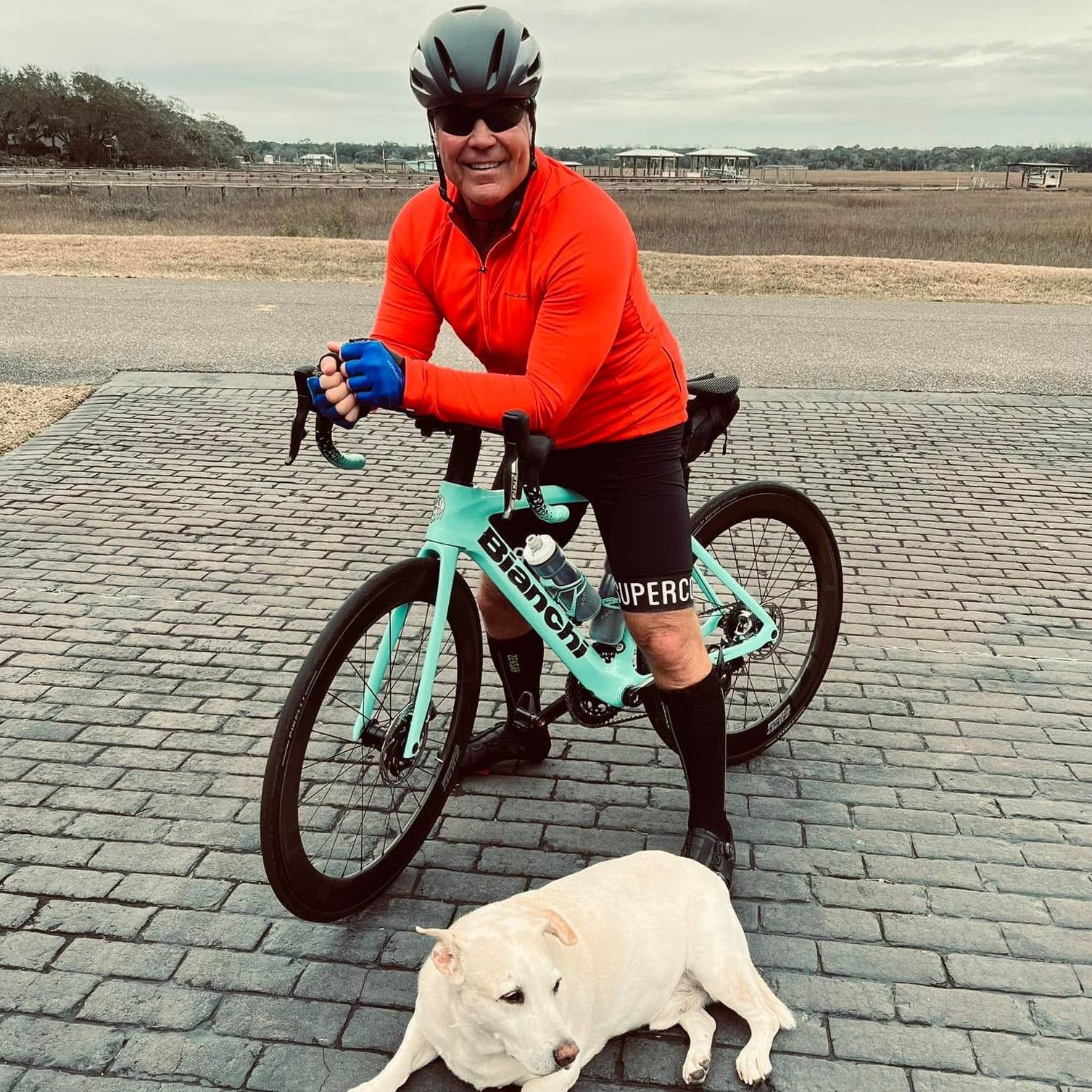-
Appendectomy: Surgery to remove the appendix

Appendicitis is an inflammation of the appendix, a finger-shaped pouch that projects from your colon on the lower right side of your abdomen.
Appendicitis causes pain in your lower right abdomen. However, in most people, pain begins around the navel and then moves. As inflammation worsens, appendicitis pain typically increases and eventually becomes severe.
Although anyone can develop appendicitis, most often it occurs in people between the ages of 10 and 30. Standard treatment is surgical removal of the appendix.
To help diagnose appendicitis, your health care provider will likely take a history of your signs and symptoms and examine your abdomen.
Tests and procedures used to diagnose appendicitis include:
- Physical exam to assess your pain. Your health care provider may apply gentle pressure on the painful area. When the pressure is suddenly released, appendicitis pain will often feel worse, signaling that the adjacent peritoneum is inflamed. They may also look for abdominal rigidity and a tendency for you to stiffen your abdominal muscles in response to pressure over the inflamed appendix (guarding). Your provider may use a lubricated, gloved finger to examine your lower rectum (digital rectal exam). Women of childbearing age may be given a pelvic exam to check for possible gynecological problems that could be causing the pain.
- Blood test. This allows your health care provider to check for a high white blood cell count, which may indicate an infection.
- Urine test. They may want you to have a urinalysis to make sure that a urinary tract infection or a kidney stone isn't causing your pain.
- Imaging tests. Your provider may also recommend an abdominal X-ray, an abdominal ultrasound, computerized tomography (CT) scan or magnetic resonance imaging (MRI) to help confirm appendicitis or find other causes for your pain.
Treatment
Appendicitis treatment usually involves surgery to remove the inflamed appendix. Before surgery you may be given a dose of antibiotics to treat infection.
Surgery to remove the appendix (appendectomy)
Appendectomy can be performed as open surgery using one abdominal incision about 2 to 4 inches (5 to 10 centimeters) long (laparotomy). Or the surgery can be done through a few small abdominal incisions (laparoscopic surgery). During a laparoscopic appendectomy, the surgeon inserts special surgical tools and a video camera into your abdomen to remove your appendix.
In general, laparoscopic surgery allows you to recover faster and heal with less pain and scarring. It may be better for older adults and people with obesity.
But laparoscopic surgery isn't appropriate for everyone. If your appendix has ruptured and infection has spread beyond the appendix or you have an abscess, you may need an open appendectomy, which allows your surgeon to clean the abdominal cavity.
Expect to spend one or two days in the hospital after your appendectomy.
Draining an abscess before appendix surgery
If your appendix has burst and an abscess has formed around it, the abscess may be drained by placing a tube through your skin into the abscess. Appendectomy can be performed several weeks later after controlling the infection.
Lifestyle and home remedies
Expect a few weeks of recovery from an appendectomy, or longer if your appendix burst. To help your body heal:
- Avoid strenuous activity at first. If your appendectomy was done laparoscopically, limit your activity for three to five days. If you had an open appendectomy, limit your activity for 10 to 14 days. Always ask your doctor about limitations on your activity and when you can resume normal activities after surgery.
- Support your abdomen when you cough. Place a pillow over your abdomen and apply pressure before you cough, laugh or move to help reduce pain.
- Call your health care provider if your pain medications aren't helping. Being in pain puts extra stress on your body and slows the healing process. If you're still in pain despite your pain medications, call your doctor.
- Get up and move when you're ready. Start slowly and increase your activity as you feel up to it. Start with short walks.
- Sleep when tired. As your body heals, you may find that you feel sleepier than usual. Take it easy and rest when you need to.
- Discuss returning to work or school with your health care provider. You can return to work when you feel up to it. Children may be able to return to school less than a week after surgery. They should wait two to four weeks to resume strenuous activity, such as gym classes or sports.
Alternative medicine
Your health care provider will prescribe medications to help you control your pain after your appendectomy. Some complementary and alternative treatments, when used with your medications, can help control pain. Ask your provider about safe options, such as:
- Distracting activities, such as listening to music and talking with friends, that take your mind off your pain. Distraction can be especially effective with children.
- Guided imagery, such as closing your eyes and thinking about a favorite place.
Learn more about appendicitis and appendectomies.
This article is written by Mayo Clinic Staff. Find more health and medical information on mayoclinic.org.







